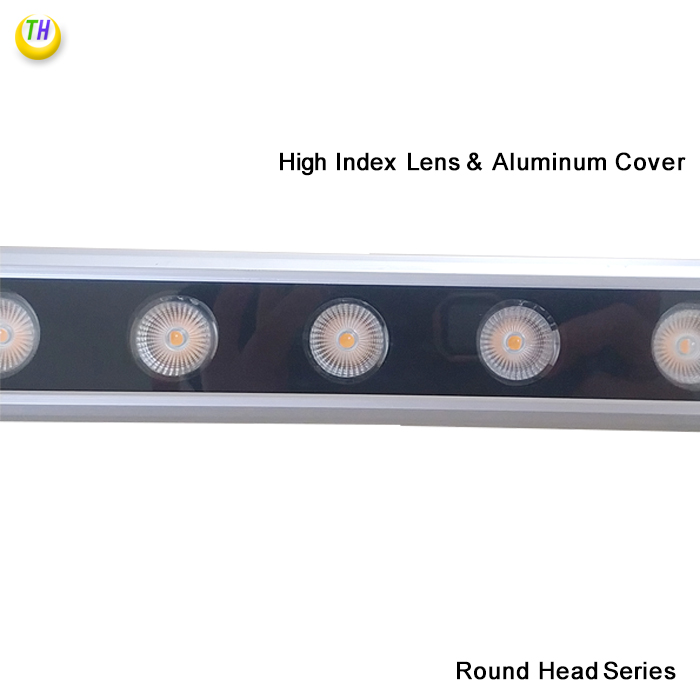Perfect optical device based on light scattering
- 2020-06-08
- Views:0
Perfect optical device based on light scattering
(Summary description)
- Categories:NEWS
- Author:
- Origin:
- 2020-06-08
- Views:0
Today's innovative technologies are key to meeting some of society's important challenges, many of which have optical systems at their core. Examples include semiconductor lithography systems for making smaller, more energy-efficient microchips, satellite-based high-resolution Earth observation systems, and fundamental research in gravitational wave detection. In the field of optics, however, even the tiniest flaw can lead to scattered light, resulting in reduced contrast and reduced light yield. Therefore, today's optical systems rely on optimal design and a thorough examination of the entire surface of the optical element. To achieve this, the Fraunhofer Institute of Applied Optics and Precision Engineering (IOF) is developing light scattering measurement techniques that can detect unwanted scattered light.
The surface quality of optical surface is the key to achieve the imaging quality requirement. No surface is completely free of defects. Defects and defects can occur even in crystals that are very close to an ideal solid. Getting the right balance early in the optical design phase requires detailed specifications in many ways, including the extent to which imperfections are perceived to be acceptable on the surface, and the extent to which any necessary coatings and other factors may affect these values.
This data can be provided by the Fraunhofer IOF Institute, which has developed a wide range of light scattering measurement systems and sensors as well as corresponding analytical methods and light scattering models. These tools can be used to apply a virtual coating that allows scientists to make light scattering predictions before production. They also pave the way for online characterization of complex optics, in other words, automated detection and complete analysis of surfaces based on their design and structure data sets.
"These tools help to strike the best balance between manufacturing costs and useful benefits. The optical devices used on satellites are a good example. The challenge here is to produce multiple optical devices of the same type, such as flight models, reset modules, and so on, while operating at the limits of what is technically feasible in a production environment, particularly in short-wavelength applications. That's why it's so important to rely on light scattering measurements to provide reliable and meaningful online analysis, "said Marcus Trost, head of the Fraunhofer International Organization for Characteristics Group.
Light scattering measurement technology has obvious advantages
Surface defects have traditionally been measured by microscopy, interferometry, or tactile methods, which include the use of diamond needles to probe surfaces. However, these technologies are time-consuming and expensive. For smooth surfaces, the Light scattering measurement system has provided a trial-and-test alternative that combines high sensitivity and fast contactless measurements. It is more important

Scan the QR code to read on your phone

E-mail: info@tonghuilighting.cn
ADD: No. 1, Guiding Road, Licang District, Qingdao, Shandong, China
Tel: +86-532-80928966 +86-532-80925662


